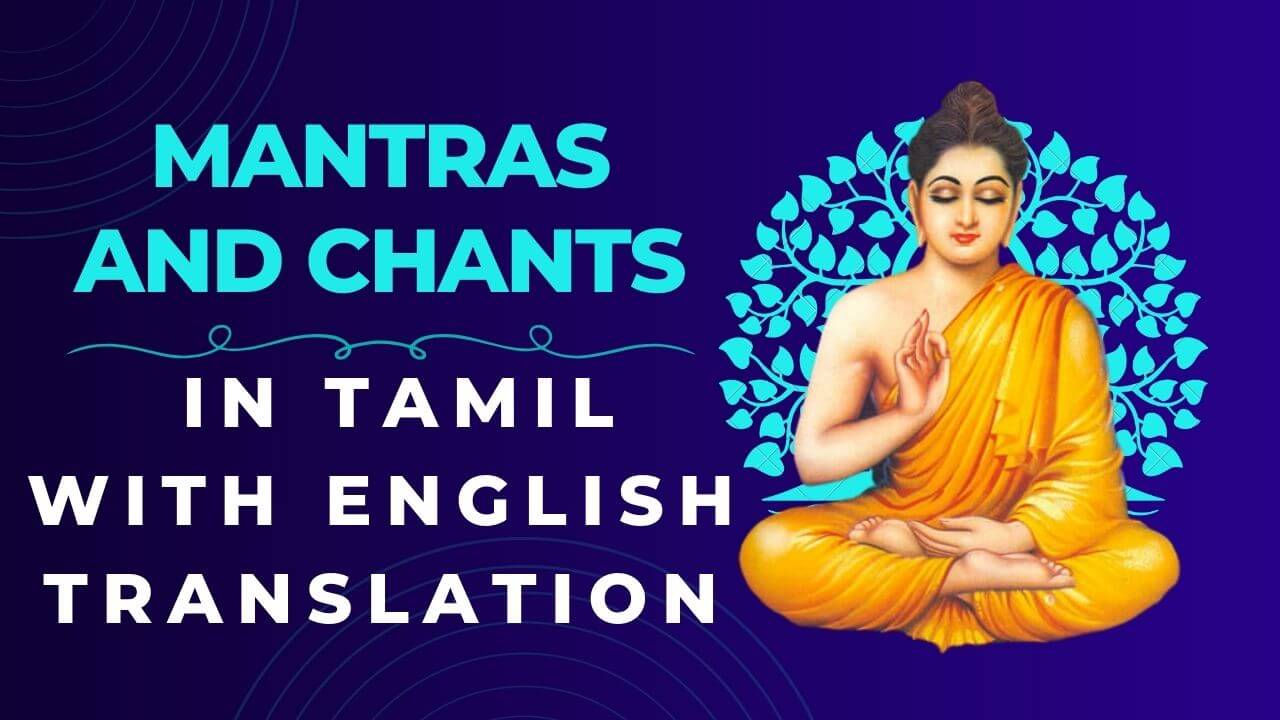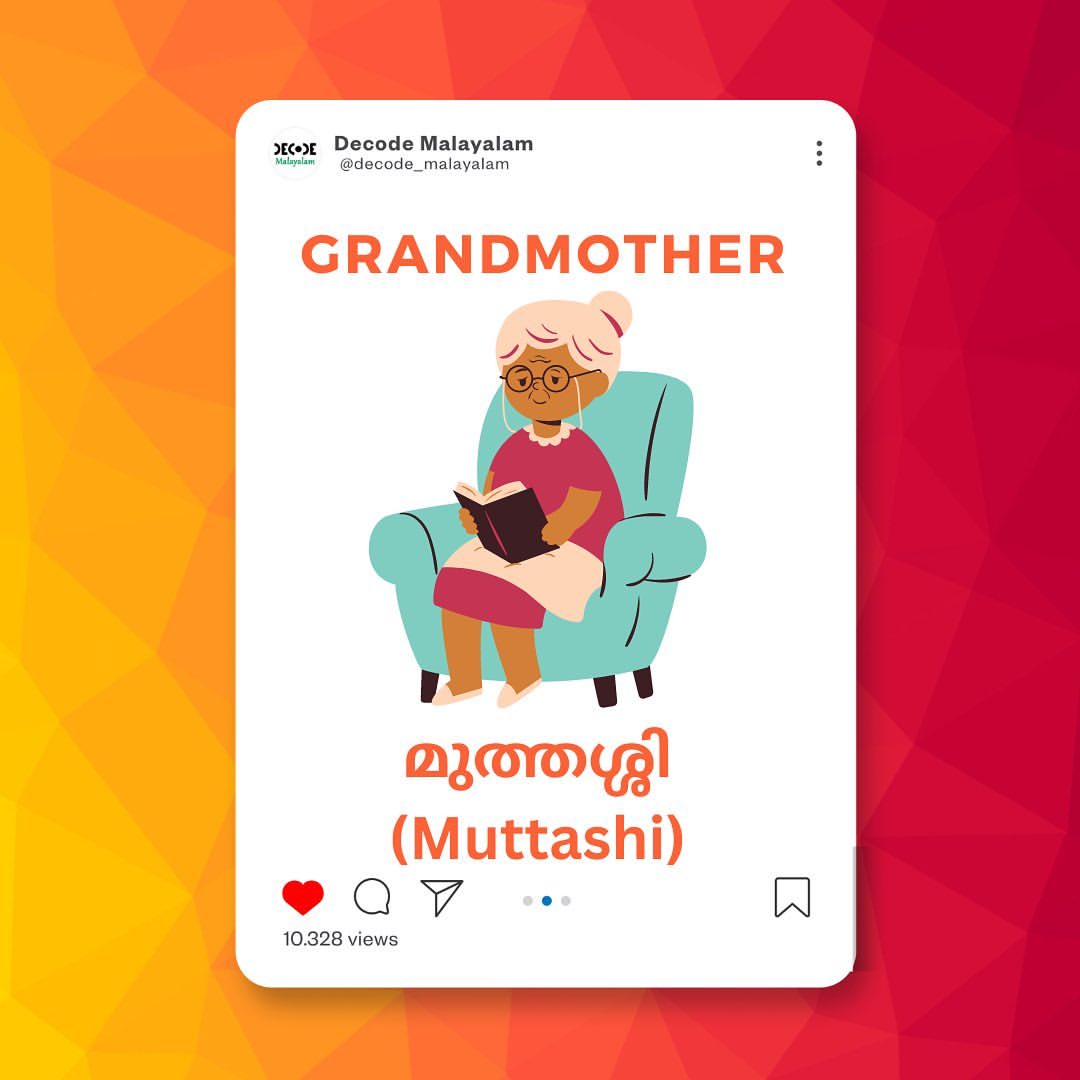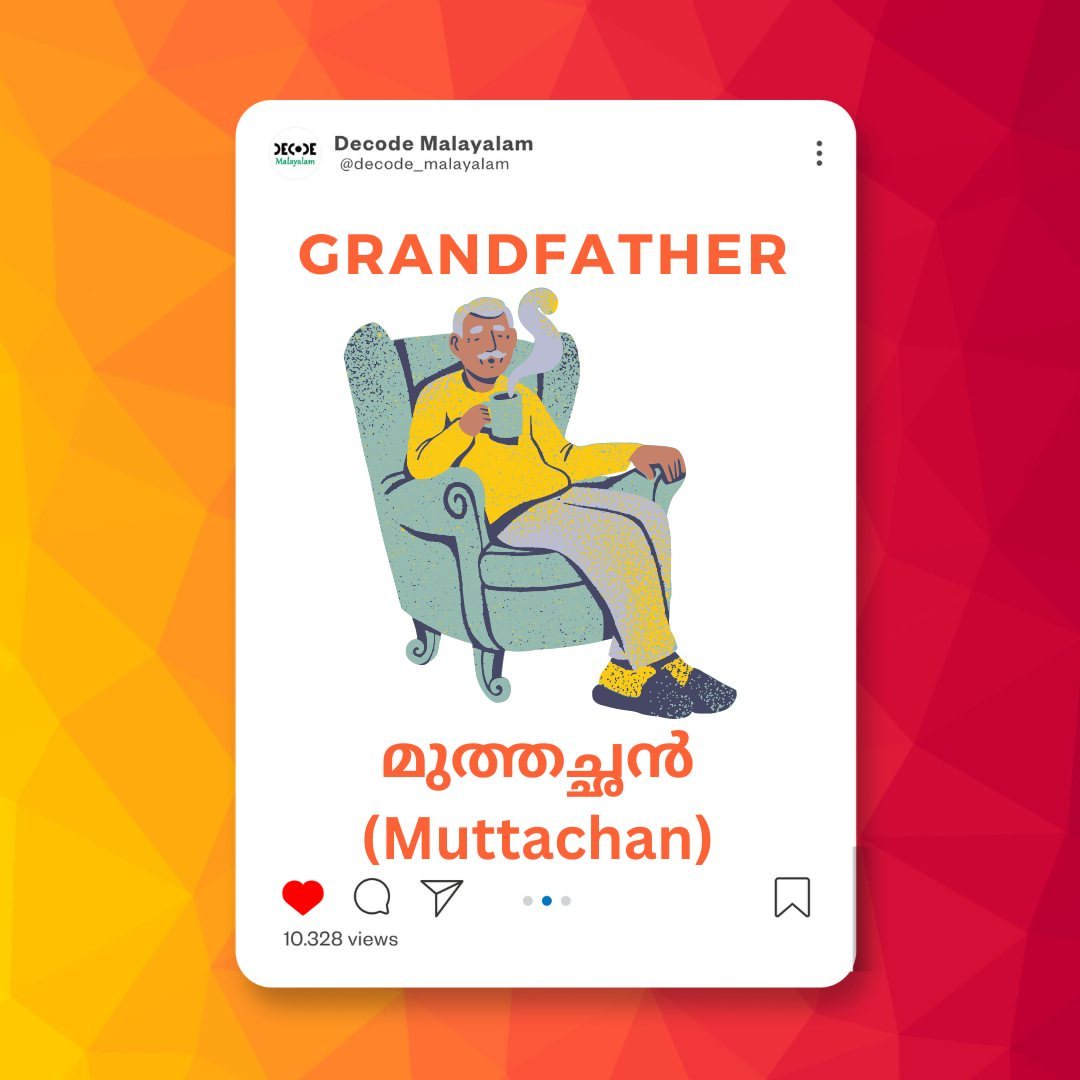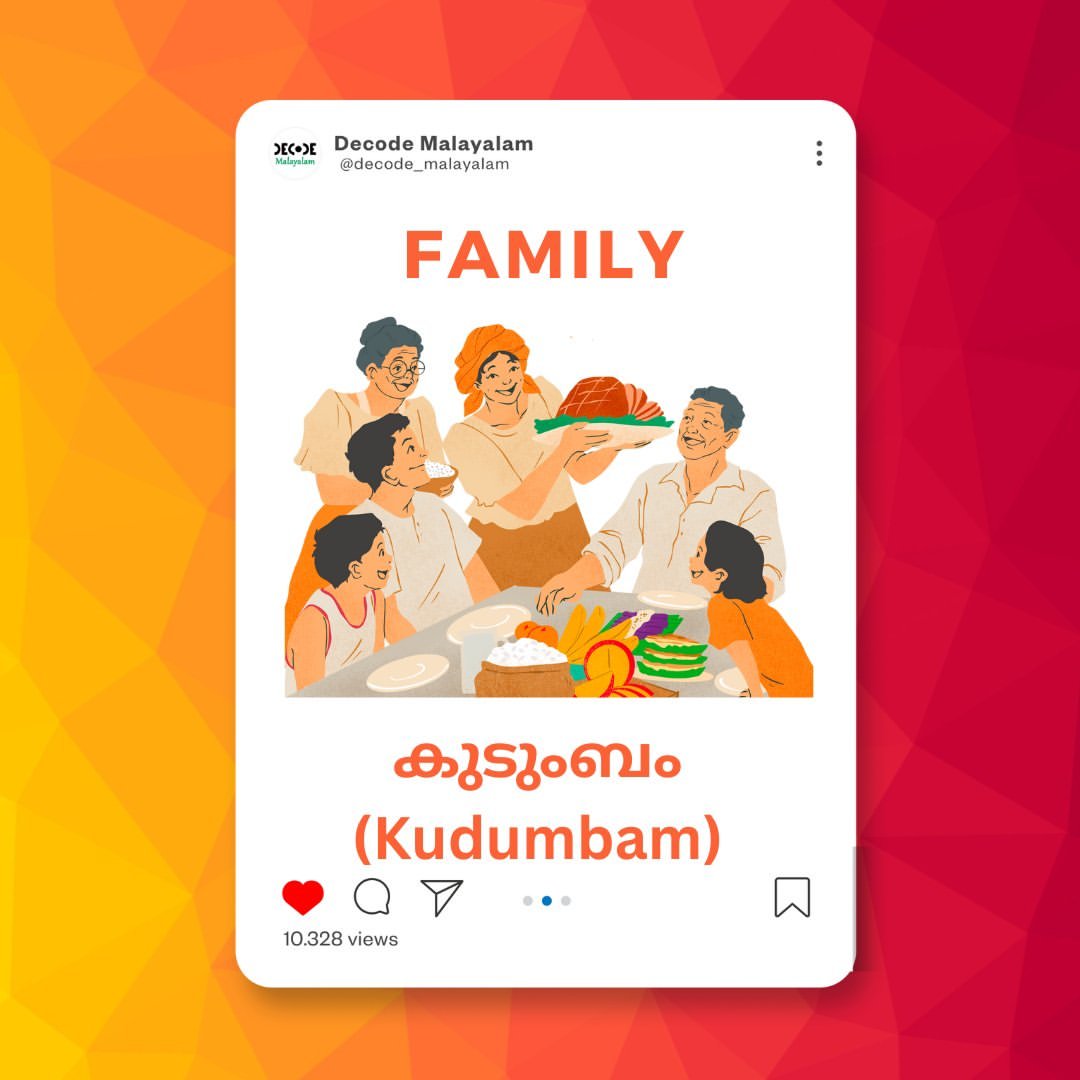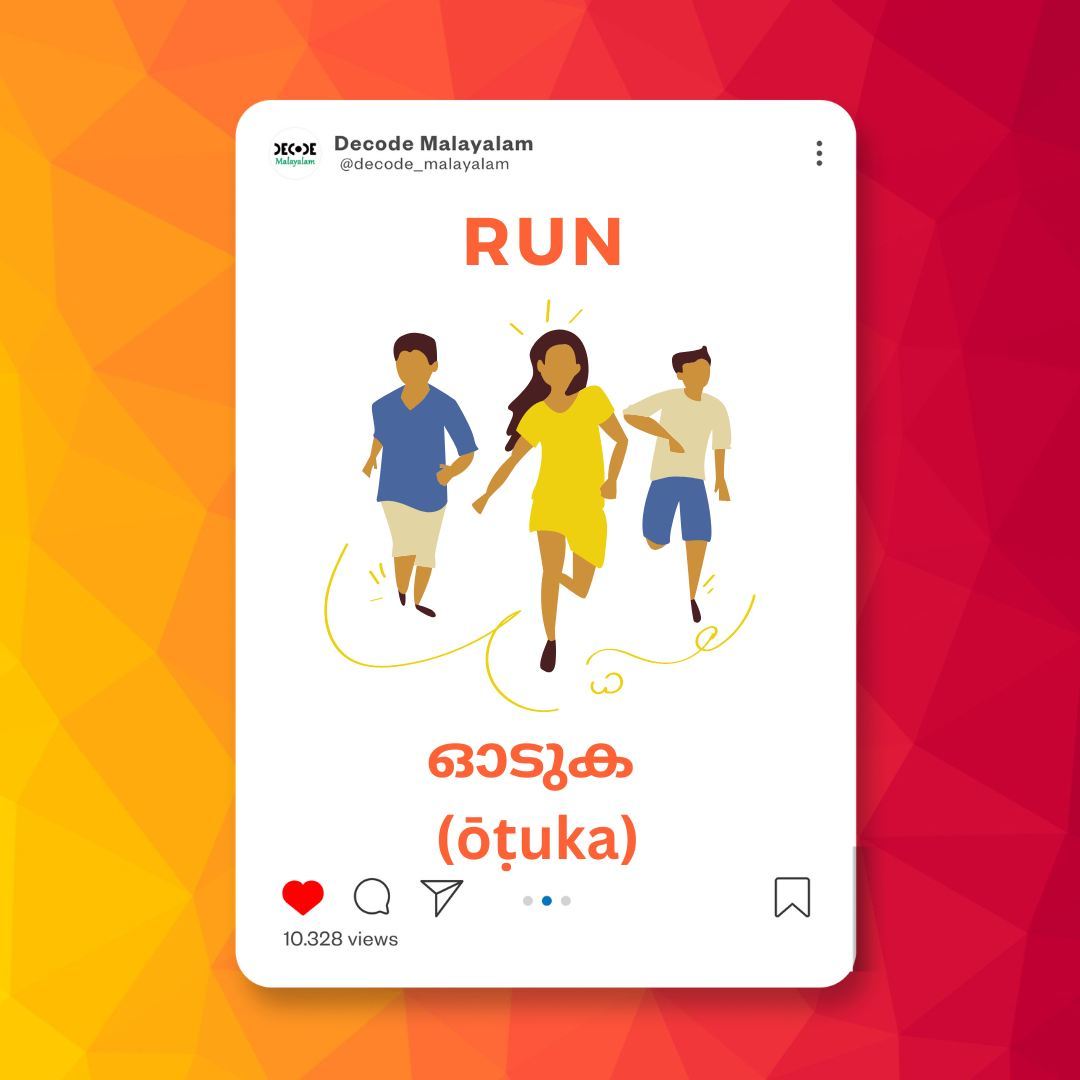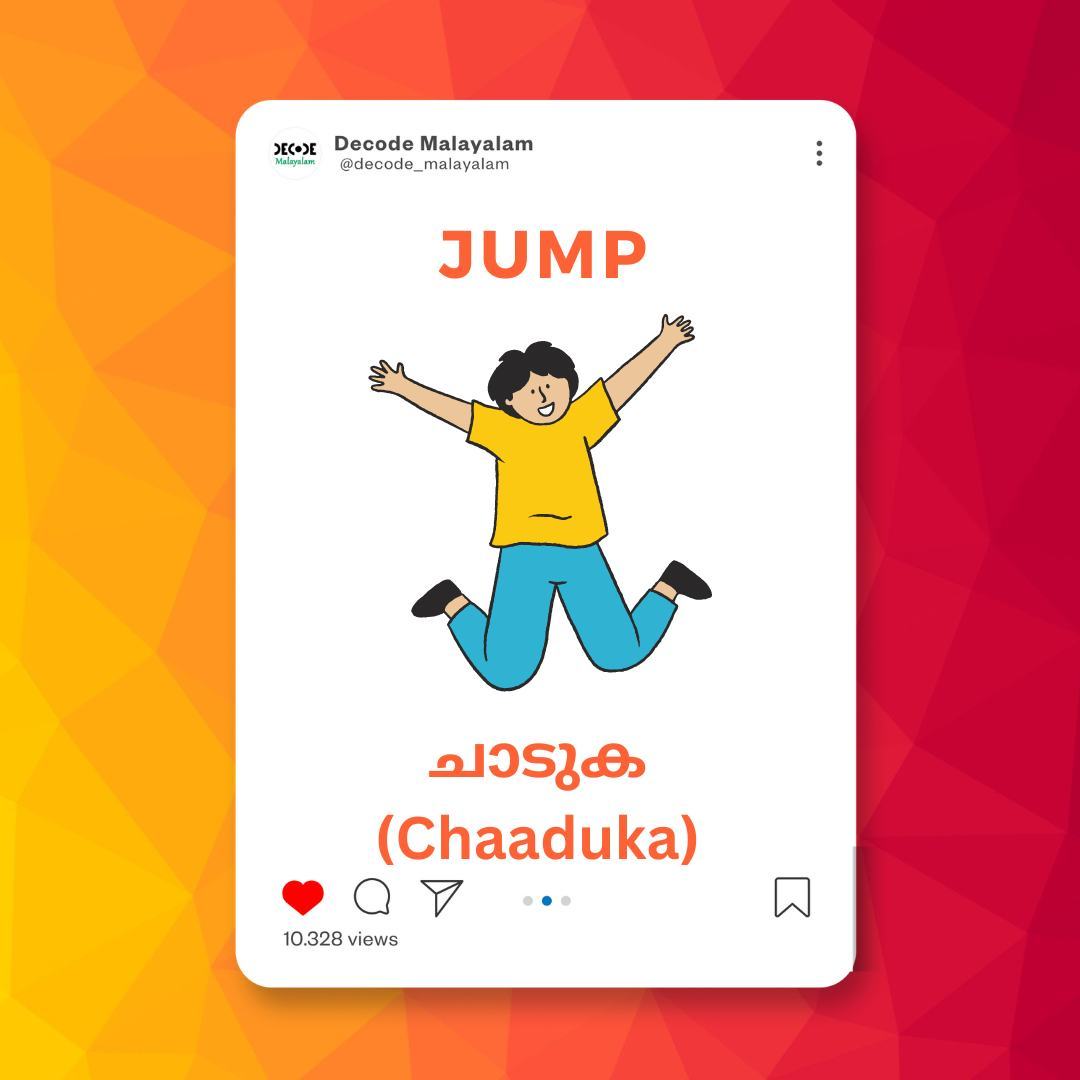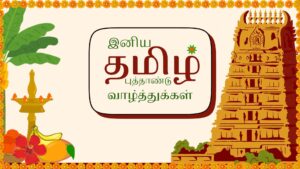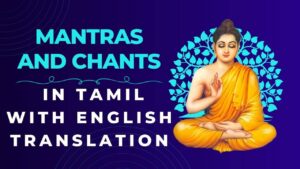Mantras and Chants in Tamil with English Translation | மற்றும் பாடல்கள் – தமிழ் மற்றும் ஆங்கிலத்தில் விளக்கத்துடன்
Experience the spiritual depth of Tamil mantras—an ancient and vibrant language with meaning and soul.
Introduction
Tamil, which is over 2,000 years old, is said to be rooted in spirituality. From the hymns of the antiquated Sangam period to the devotional chants of Saiva and Vaishnava saints, Tamil mantras and chants come steeped in potent vibrations—enabling multitudes of practiced sadhakas to tread the path of peace, healing, and transcendence.
In this post, we will take a look at some popular Tamil mantras, their meanings, English translations, and cultural context. If you are a lover of language, a truth seeker, or studying the Tamil language, then this guide will be a worthy companion for your deeper comprehension of sacred soundings.
Table of Contents
- What is a Mantra?
- Significance of Mantras in Tamil Culture
- The Various Types of Prayers: Mantras, Stotrams, and Bhajans
- Incredibly Powerful Lord Shiva Mantras to Chant in Tamil – With English Translation
- Benefits of Chanting in Tamil
- How to Chant Tamil Mantras
- Ideal Time and Practice Modes for Chanting
- Trending Now: The Need for Tamil Mantras Today
- FAQs About Tamil Mantras
1. What is a Mantra?
A mantra is a sacred sound or group of sounds that when repeated often has a calming or focusing effect on the human brain. It is from the Sanskrit root “man” (to think) and “tra” (instrument) which means something that is an instrument of thought. In Tamil, the term மந்திரம் (Manthiram) (a magical/holy spell) is used.
2. Significance of Mantras in Tamil Culture
Tamil culture has a deep devotional tradition—from the Bhakti movement to temple worship. Mantras form an important part of Tamil prayer practices, such as reciting pujas, festivals, yogasanas, and personal meditation.
Temples such as Chidambaram, Thiruvannamalai, and Srirangam resonate with mantras all day long. But these are more than mere prayers—they are, say many who chant them, the frequencies of the universe that help us purify, heal, balance, and ascend.
3. Distinctions Between Mantras, Stotrams, and Bhajans
| Term | Tamil Equivalent | Meaning |
|---|---|---|
| Mantra | மந்திரம் (Manthiram) | A word or formula that can generate spiritual power |
| Stotram | ஸ்தோத்திரம் | A hymn of praise, in devotion to a deity |
| Bhajan | பஜனை (Bajanai) | Devotional song or singing in a group |
4. Tamil Mantras and Chants with English Meaning
A. Shaivism Mantras (Lord Shiva)
1. ஓம் நம சிவாய (Om Namah Shivaya)
English Translation: “I bow to Lord Shiva.”
Meaning: A mantra for transformation, peace, and inner strength. Known as the Panchakshari mantra—the five sacred syllables.
2. அருணாசல சிவா (Arunachala Shiva)
Meaning: “Oh Shiva of Arunachala!”
Context: Prayer to the sacred mountain Arunachala, regarded as the embodiment of Shiva.
3. சிவாய நம (Sivaya Nama)
Reversed form of the Panchakshari, used for rhythmic repetition (japa). It instills peace and connects with Shiva consciousness.
B. Vaishnavism Mantras (Lord Vishnu and His Avatars)
1. ஓம் நமோ நாராயணாய (Om Namo Narayanaya)
Translation: “I bow to God Nārāyaṇa (Narayana).”
Meaning: A mantra for protection, peace, and surrender.
2. கோவிந்தா கோவிந்தா (Govinda Govinda)
Repetition of the name of Vishnu in his form as Govinda—used in moments of crisis or devotion.
3. ஸ்ரீ ராம் ஜெய ராம் ஜெய ஜெய ராம் (Shri Ram Jai Ram Jai Jai Ram)
Translation: “Victory to Lord Rama!”
Benefit: Builds inner courage, peace, and spiritual awakening.
C. Murugan Chants (Tamil God of Courage and Youth)
1. ஓம் சரவணபவா (Om Saravanabhava)
Meaning: Invocation to Lord Murugan born from the sparks of Shiva’s third eye.
Power: Increases confidence, focus, and courage.
2. கந்த சஷ்டி கவசம் (Kanda Sashti Kavasam)
Description: A hymn to Lord Muruga for protection.
Benefit: Recitation for protection, prosperity, and spiritual powers.
3. வெற்றிவேல் முருகன் உகாண்டார் (Vettri Vel Murugan Ukandaar)
Meaning: “The victorious Murugan with the spear is pleased.”
Reciting this is said to ward off hindrances and fear.
D. Amman Chants (Goddess in Tamil Tradition)
1. ஓம் சக்தி பராசக்தி (Om Shakti Para Shakti)
Meaning: O supreme divine feminine power.
Significance: Often recited during Amman temple festivals and personal worship.
2. ஓம் ஐயா அம்மே (Om Aiyya Amme)
Meaning: A prayer invoking both the masculine (Aiyya) and feminine (Amme) aspects of the divine.
3. மஹா மரியம்மன் மந்திரம் (Maha Mariamman Manthiram)
Chant: “மஹா மரியம்மே காப்பாய், மக்களுக்கு நன்மை தருவாய்.”
English Translation: “Great Mother Mariamman, protect us and bless the people.”
Context: Used during festivals to pray for rain, health, and healing.
E. Universal Peace Chants (For All Traditions)
1. ஓம் சாந்தி சாந்தி சாந்தி (Om Shanti Shanti Shanti)
Meaning: “Peace be unto you”—physically, mentally, and spiritually.
2. லோகா சமஸ்தா சுகினோ பவந்து (Lokah Samastah Sukhino Bhavantu)
Translation: “May all beings everywhere be happy and free.”
5. Benefits of Chanting Tamil Mantras
- Mental Clarity: Repeating mantras calms the mind.
- Spiritual Connection: Deepens your relationship with the divine.
- Vibration Healing: Tamil syllables carry sound vibrations that influence your nervous system.
- Language Learning: A natural method to acquire pronunciation, vocabulary, and grammar.
6. How to Chant Tamil Mantras
Tamil is a phonetic language. Every letter is pronounced as written. Here are some tips:
- Learn the 12 vowels and 18 consonants.
- Break longer mantras into syllables.
- Practice with audio recordings by native speakers or temple priests.
7. Best Time and Practice Methods for Chanting
| Time | Ideal Mantra | Purpose |
|---|---|---|
| Morning | Om Namah Shivaya | New beginning, peace of mind |
| Noon | Om Shakti Para Shakti | Energy and clarity |
| Evening | Kanda Sashti Kavasam | Remove daily negativity |
| Bedtime | Om Shanti Shanti Shanti | Calm and restful sleep |
Tip: Use a japa mala (108 beads) to keep count and maintain focus.
8. Modern Relevance: Why Tamil Mantras Matter Today
- Reconnect with tradition in a contemporary way
- Offer a spiritual break from digital overload
- Foster mindfulness and gratitude
- Preserve Tamil heritage among global audiences
9. FAQs About Tamil Mantras
Q1: Can non-Tamils chant Tamil mantras?
Absolutely. Tamil mantras are for everyone. Respect the meaning and pronunciation.
Q2: Do you need to be Hindu to chant?
No. Mantras are about sound and intention. They’re also used by Buddhists and spiritual seekers.
Q3: Best Tamil mantra for students?
Try “Om Saraswati Namaha” or “Vettri Vel Muruganukku Arogara”.
Q4: Are there healing mantras?
Yes. “Om Muruga” and “Maha Mariamman” mantras are traditionally chanted for health and protection.
Q5: Where can I learn to chant properly?
Try YouTube or Tamil platforms like Decode Tamil, guided by native speakers.
Conclusion
Tamil mantras are not just words—they’re timeless vibrations that touch the soul. Whether you seek peace, focus, devotion, or a deeper connection to Tamil, these sacred phrases can transform your path.
Start with one mantra. Learn it. Feel it. Live it. Your journey with Tamil won’t just be linguistic—it will be deeply cultural, spiritual, and enriching.

